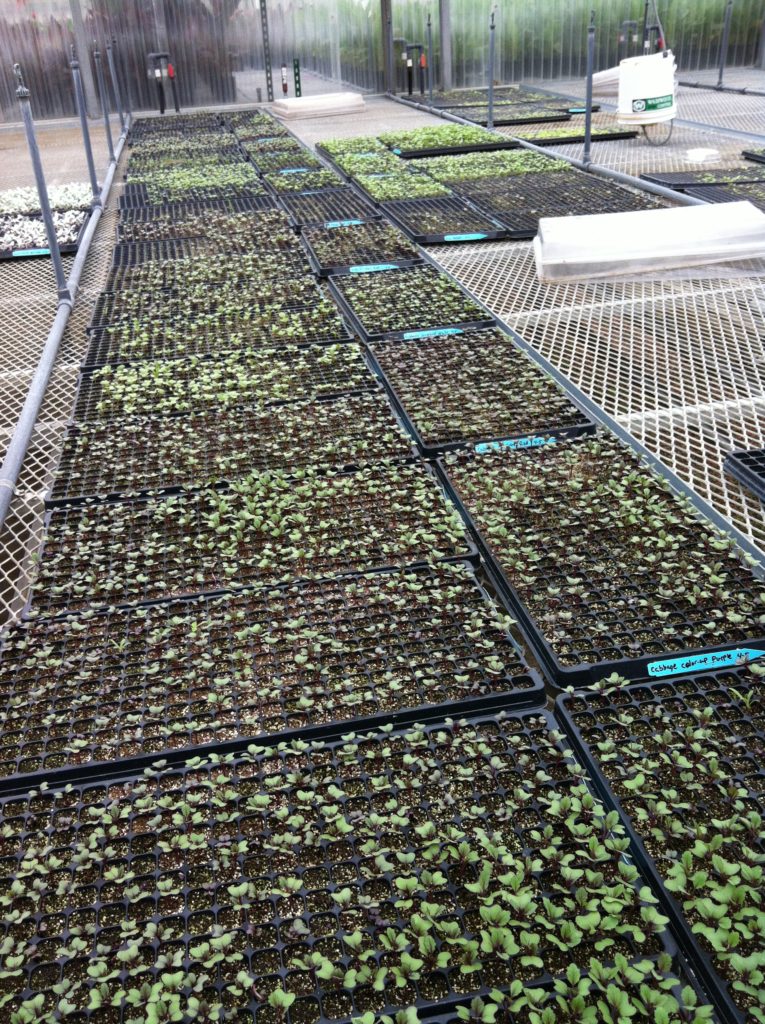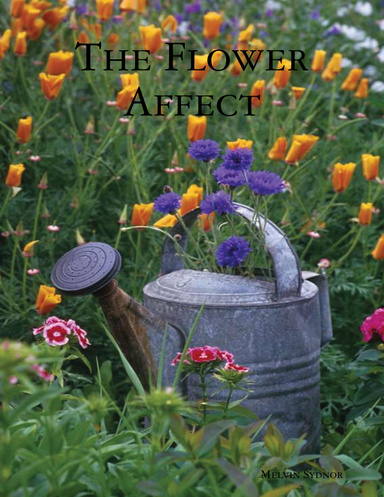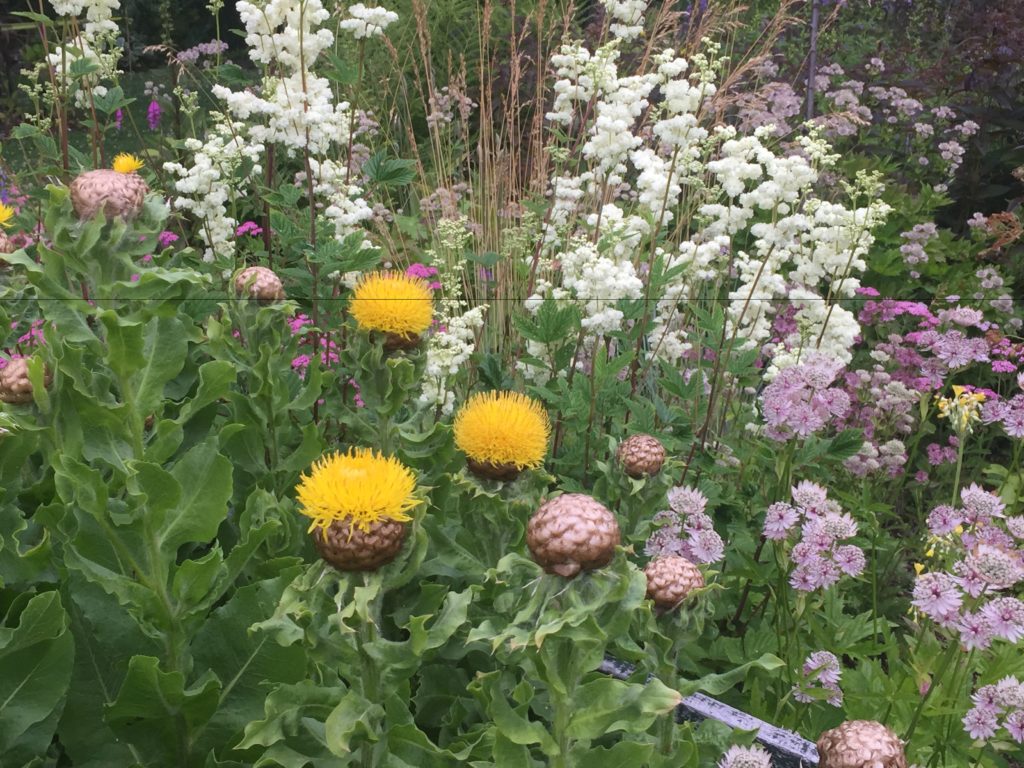
Transplanting young seedlings into larger pots is a crucial step in gardening that ensures the healthy growth and development of plants. The ideal soil medium for this process is typically a high-quality, soilless potting mix that offers excellent drainage and some nutrients to support the young plants. These mixes are often peat-based, providing a lightweight environment that facilitates root growth and minimizes the risk of waterlogging. When considering the environment for growing seedlings, it’s essential to provide consistent warmth, as soil temperature plays a significant role in plant health. Additionally, maintaining a consistent level of moisture through gentle watering and covering the trays with a plastic dome or wrap can aid in creating an ideal humidity level for germination. Adequate lighting, either from grow lights or a sunny window, is also vital once the seeds have germinated, ensuring that the seedlings develop strong and healthy. By carefully managing these environmental factors, gardeners can significantly improve the chances of their seedlings maturing into robust plants ready for the garden or outdoor containers. Cheers










